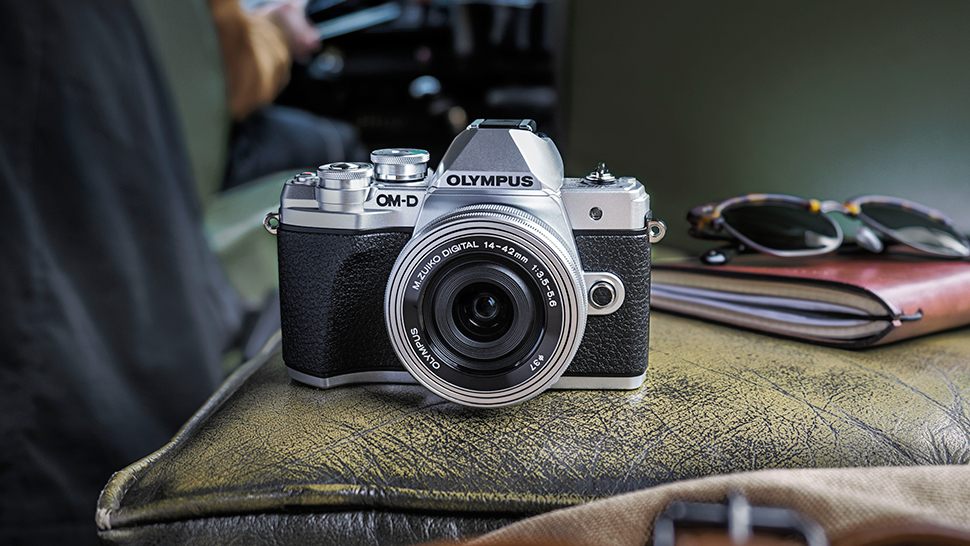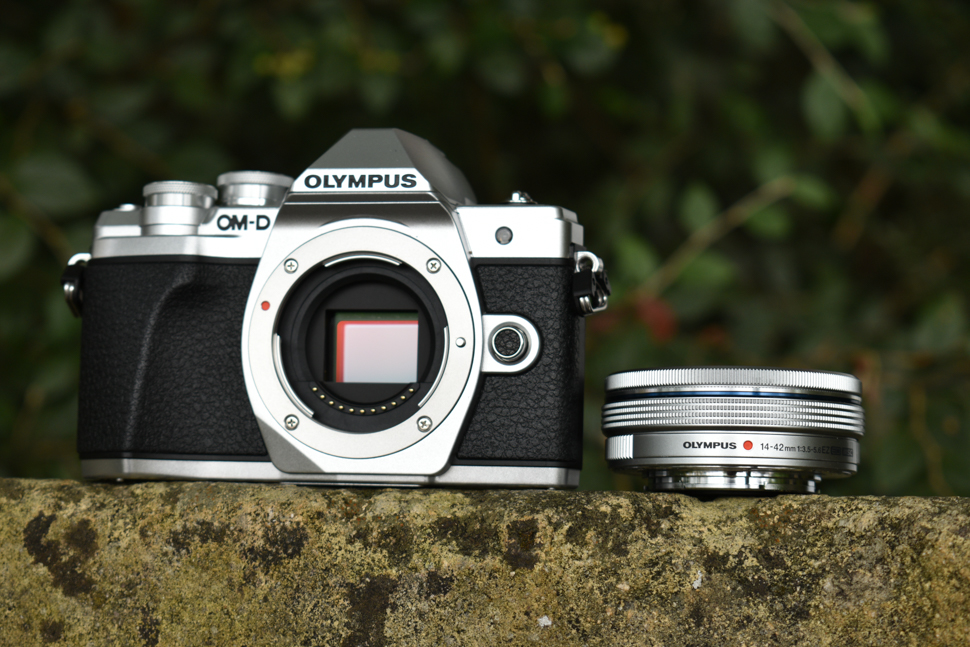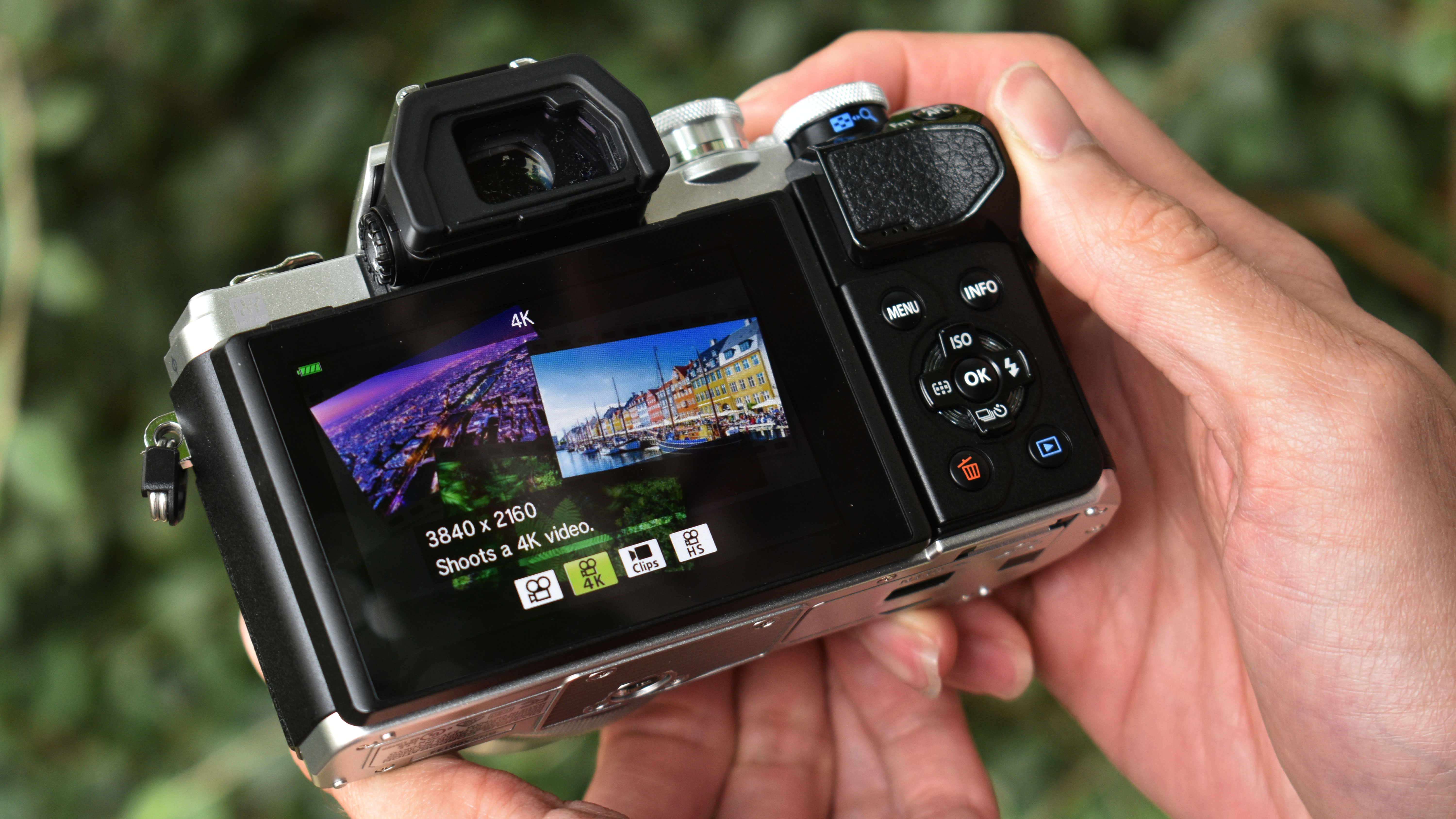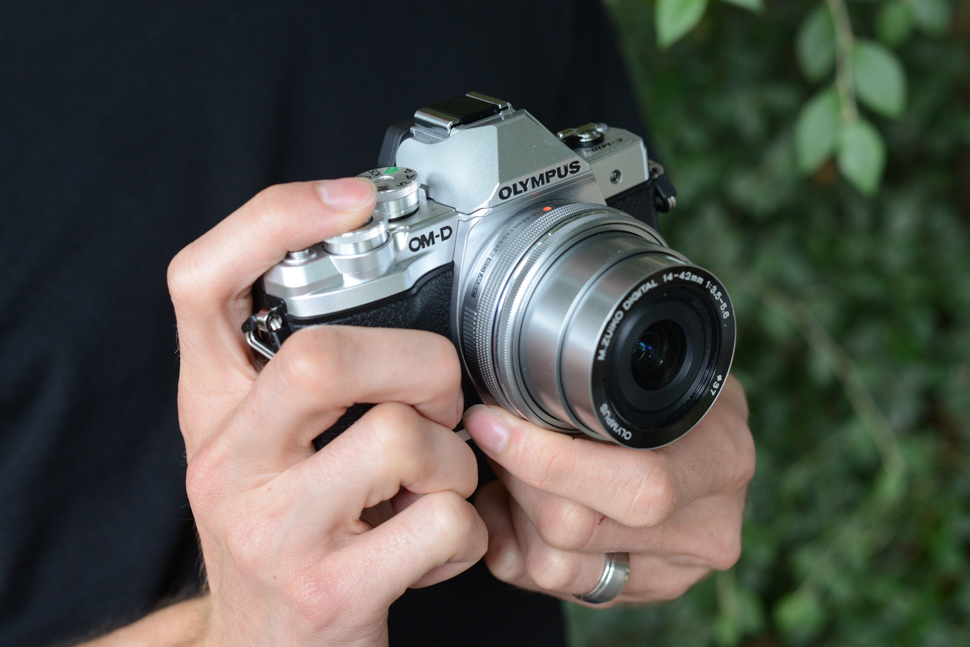Olympus OM-D E-M10 Mark III vs OM-D E-M10 Mark II: Specs compared
How does the latest OM-D model differ from the one it updates? We take a look

The Olympus OM-D E-M10 line of cameras provide a good entry point into the Micro Four Thirds mirrorless camera range, with tiny bodies, plenty of features and attractive price points.
It’s been three years now since the first iteration and we're now on the third model. In the following article, we look at the key differences between the Olympus OM-D E-M10 Mark III and E-M10 Mark II that it updates.
• Read more: Olympus OM-D E-M10 III vs E-M5 III vs E-M1 II

Olympus OM-D E-M10 Mark III vs OM-D E-M10 Mark II: Sensor and processor
Why you can trust Digital Camera World
- OM-D E-M10 Mark III: 16.1MP Micro Four Thirds sensor, TruePic VIII processor
- OM-D E-M10 Mark II: 16.1MP Micro Four Thirds sensor, TruePic VII processor
As we would expect, the OM-D E-M10 Mark III benefits from Olympus’s latest and greatest processor, the TruePic VIII. It’s the same processor as found in the flagship OM-D E-M1 Mark II.
So what improvements does the new processor bring? Well, there's 4K video recording, which is the biggest change without a doubt. Burst shooting and autofocus has also improved – more on that below.
At 16.1MP, the pixel count for full-resolution images is the same as before, although Olympus claims that low-light performance has improved from the Mark II.
The five-axis, sensor-shift image stabilisation system found in both models is not the same as the system found in the class-leading OM-D E-M1 Mark II, but here it provides a resectable four stops of stabilisation.
Put simply, you can get a sharp shot at 1/8sec in a same situation where 1/125sec would be your minimum shutter speed for the same clarity. This same stabilisation transforms handheld video recording too, with shaking caused by movement reduced.
A smaller change between the two here is that the image stabilisation system on the newer model is automatically able to detect which mode you need and adapt itself to the situation accordingly. On the OM-D E-M10 Mark II, this needed to be adjusted manually.

Olympus OM-D E-M10 Mark III vs OM-D E-M10 Mark II: Video
- OM-D E-M10 Mark III: 4K UHD (3840x2160) at up to 30fps, 1080p at 60fps, 120fps slow motion at 1080x720 (HD)
- OM-D E-M10 Mark II: Full HD (1920x1080) at up to 60fps, 120fps slow motion at 640x480 (VGA)
The most significant upgrade in the E-M10 Mark III is that it can record 4K videos up to 30fps, with an impressive bitrate of 102Mbps.
The E-M1 Mark II is the only other model in the OM-D lineup that can shoot 4K video. In addition, the OM-D E-M10 Mark III has a 120fps slow-motion video mode at 720p.
Compare this to the 1080p at 60fps, and 120fps at 640x480 for slow-motion output in the OM-D E-M10 Mark II, and it’s a marked improvement. Like the OM-D E-M10 Mark III, the older E-M10 II can do 4K time-lapse videos.
While the video resolution has been improved for the new camera, neither a mic input nor headphone output feature in either. This is somewhat typical for a model of this level, although a handful do now sport headphone ports.

Olympus OM-D E-M10 Mark III vs OM-D E-M10 Mark II: Burst shooting
- OM-D E-M10 Mark III: 8.6fps
- OM-D E-M10 Mark II: 8.5fps
The continuous high burst mode has increased from 8.5fps to 8.6fps, which isn't a difference you'll notice.
Both cameras have a burst depth of 22 frames when shooting Raw files, which is just shy of three seconds. It seems the buffer is not improved for the new camera.
When the camera is set to continuously focus on a subject, this frame rate drops to 4.8fps on the O-MD E-M10 Mark III. On the OM-D E-M10 Mark II, meanwhile, this was 4fps.

Olympus OM-D E-M10 Mark III vs OM-D E-M10 Mark II: Autofocus
- OM-D E-M10 Mark III: 121-point contrast detection AF system
- OM-D E-M10 Mark II: 81-point contrast detection AF system
The OM-D E-M10 Mark III features a contrast-detect AF system with 121 AF points. It’s a wider array that covers more of the frame than the 81-point contrast-detect system found in the OM-D E-M10 Mark II.
Otherwise, according to the camera specs provided by Olympus, it seems like the Left-Eye and Right-Eye priority face detection AF modes have been ditched, although Near Side Priority face detection AF remains. Here, the camera automatically chooses the eye that's closest to the camera.
- 1
- 2
Current page: Sensor, video, burst shooting and autofocus
Next Page Viewfinder, LCD, build and battery lifeGet the Digital Camera World Newsletter
The best camera deals, reviews, product advice, and unmissable photography news, direct to your inbox!
